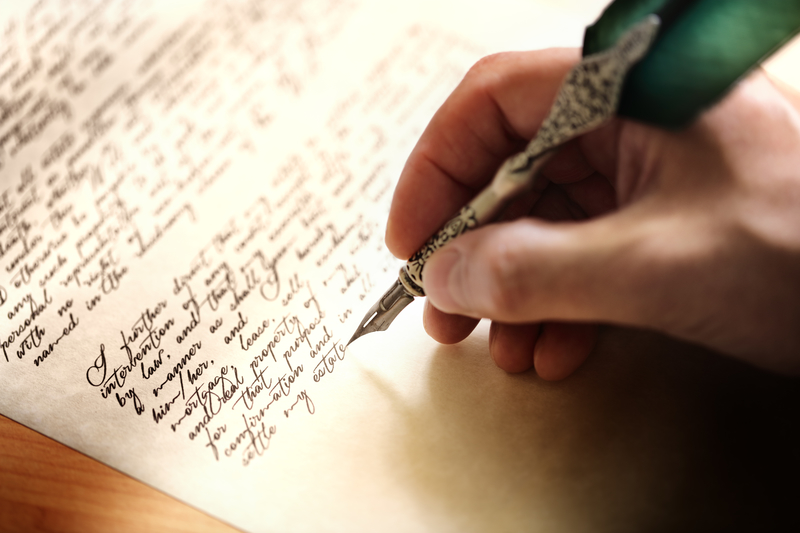Well over a decade ago I bought and devoured an expensive course called “Hypnotic Writing” from Joe Vitale. If I remember correctly, it cost $1,000 and arrived in a heavy box with tons of CD’s and two thick manuals. And it was perhaps one of the best investments I ever made in learning not just good, but great copywriting that converts like crazy.

This morning I was cleaning out some old files, and ran across my handwritten notes from the course. In the notes I discovered a list of “The 7 Secret Principles of Hypnotic Writing.” They still stand the test of time today, so I thought I would share them with you here.
Please keep in mind, these aren’t so much a primer as a list of clues as to what Vitale’s “Hypnotic Writing” is. But from these clues you can discern enough valuable information to almost instantly improve your own writing, whether it’s blog posts, sales letters, emails or anything else.
1: Make it Personal
Hypnotic writing speaks to YOU, the reader. You’ll find words such as you, me, I, yours, etc. All of this makes you feel like the writing is speaking to you personally. In fact, it is. The more personal, the more hypnotic.
2: Keep it Active
Hypnotic writing is active. You’ll find lots of verbs. You’ll find little passive writing. It’s the difference between saying, “The writing was hypnotic,” and saying, “Joe weaves hypnotic writing.” The first is passive, the second is active.
3: Get Emotional
Hypnotic writing taps your emotions. You may find it doing so in a story format or in a direct narrative. Either way, the writing will pull at your heart strings. One of Joe’s most famous letters began, “I was nearly in tears…” That line engaged the emotions of readers. You had to read the letter to discover what the tears were for.
4: Be Sensual
Writing hypnotically involves your senses. You’ll find descriptions of feeling, tasting, seeing, smelling and hearing. All of this will help you become involved with the writing and therefore susceptible to what it commands.
5: Be Commanding
Hypnotic writing commands the reader to do something. As the reader, you might not detect the command as it may be embedded. But there will always be one. Ask yourself, “What do I want to do after reading this?” What you do next may be a result of the hypnotic command.
6: Curiosity
Hypnotic writing plays on your curiosity. You may find it beginning a story – but not ending it until the end of the article. You may find it promising to tell you how to do something, but it will only give you limited details, thereby urging you to order the product it’s promoting to get more information.
7: Hypnotic Writing is Hidden
You won’t find any obvious clues that signal, “Warning, hypnotic writing at work.” The writing will instead be smooth and personal, and the hypnotic aspect will sneak in below conscious awareness.
Now imagine if you actually had the power to influence your prospect’s subconscious mind.
Imagine if you could do it by using simple trigger words that activate involuntary reactions in their brains.
And imagine you can do it in writing and in speech.
You might not believe you can do this. But I’m going to tell you that you can, because over time we are all subtly hypnotized to accept certain suggestions. This process started when we were babies and has never stopped.
You wouldn’t even suspect these simple words of holding any special power. But when you use them correctly, they can dramatically improve your power of persuasion.
Yes, I’ve just given you a sample of ‘hypnotic writing.’ If you re-read the previous 5 paragraphs, and if you study it very carefully, you will notice I used three little words to great effect – “Imagine, you and because.”
If all you do is begin using these three words more often in your copy, you will experience an increase in the persuasiveness of your writing.
Imagine if you could persuade anyone of anything, because when you do, you’ll hold the power to make a fortune. Try it out next time you write, and see what happens. 😉
Leave a Reply